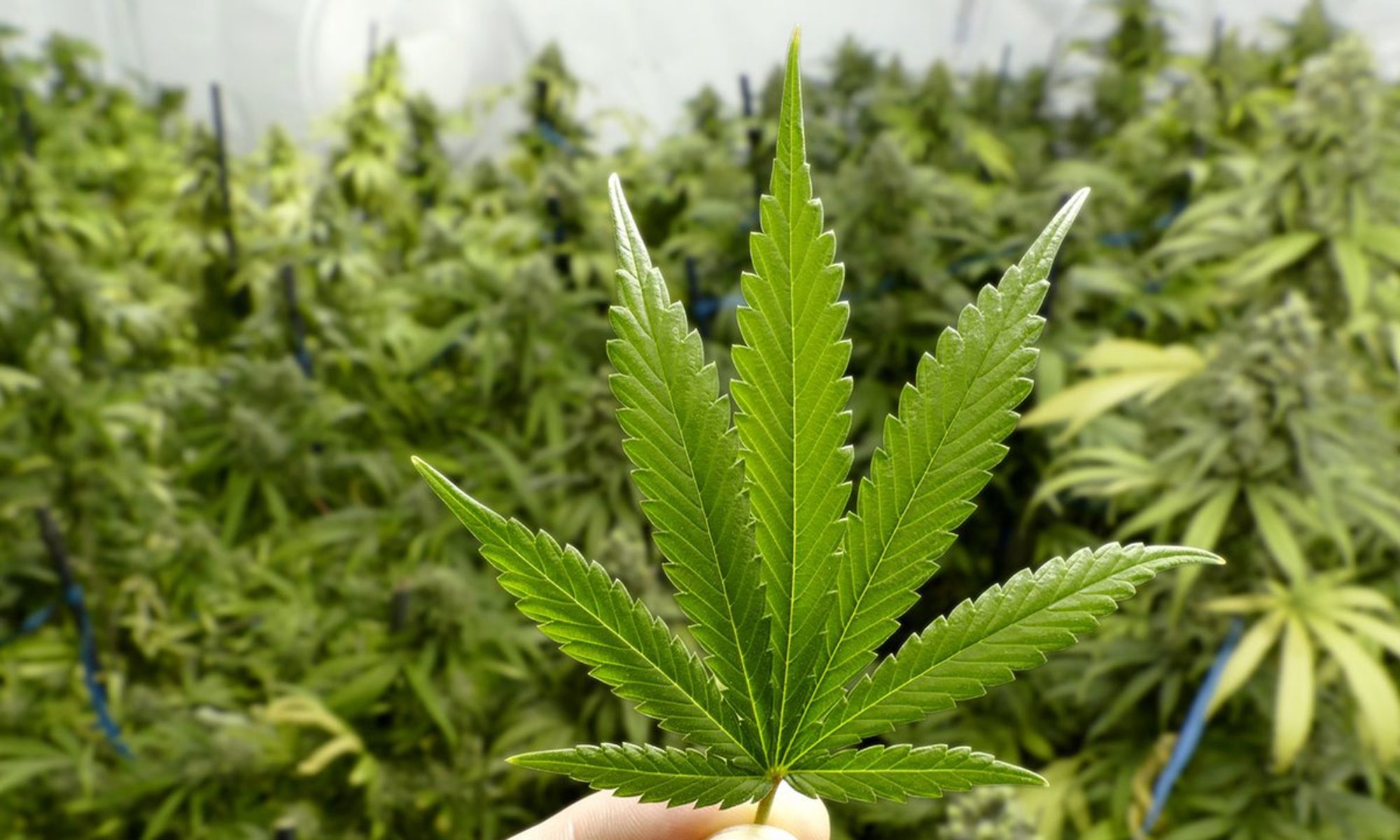For those looking to grow marijuana organically, regular seeds are a great option. They are also easy to germinate. Many horticulturists recommend sprouting them on a wet paper towel until they turn green and then placing them in their growing medium.
Regular seeds produce both male and female plants, making them ideal for natural breeding. However, you will need to cull the male plants early on in order to avoid pollination.
They are non-feminized
Regular cannabis seeds produce both male and female plants, and as a result require vigilant monitoring of plant growth to identify and remove males. This can be time-consuming, but is necessary if you want a high-quality harvest. Unlike feminized seeds, which are guaranteed to grow only female plants, regular seed varieties will include on average 50% male plants.
However, if you want a more natural cultivation experience, non-feminized seeds are a good choice for those who value the genetic integrity of the original strain. They are also more resilient to stress during the flowering period, and can tolerate fluctuations in growing conditions.
Regular seeds are also a good option for those who want to breed and create new marijuana strains. They can provide the diversity needed to achieve desirable phenotypes in future generations. In addition, they can be bred to enhance or combine specific traits, which is an important consideration for most marijuana cultivators. However, they will not produce a high-quality crop unless they are grown under the best environmental conditions.
They are easy to grow
Unlike feminized seeds that have been engineered to ensure only female plants, regular seeds produce both male and female cannabis plants. This requires growers to identify and remove the male plants before flowering, which can reduce yields. This can be tricky, especially for new growers, but sexing plants can become easier with practice.
Regular seeds are the best choice for growers who want to experience the full life cycle of a cannabis plant. They offer a wide variety of genetics and are often cheaper than feminized seeds. These seeds also work well for growing out cuttings and breeding new strains.
To germinate regular seeds, you need a pair of paper towels, a spray bottle of water, tweezers and two clean plates. First, wet the paper towel with the spray bottle and tweezers. Then, place one seed on the damp paper towel and cover it with the other paper towel. This will protect the seeds from light and heat until they sprout.
They are affordable
Regular cannabis seeds are a popular choice for growers seeking to cultivate their own harvests. They are easy to find and provide a more robust genetic diversity for breeders. You can also expect a heavier yield from a single cultivation. However, you should make sure to properly space your plants and remove males before they produce pollen.
When growing marijuana, you need to ensure that your crops are pollen-free in order to produce smokable buds. This is because pollinated plants will produce low-yielding, harsh smoke that can be unpleasant to smoke. Luckily, there are several ways to avoid unwanted hermaphrodites. One way is to use sexing techniques to separate male and female plants early in flowering.
Another way is to use cloning, which allows you to reproduce the exact phenotype that you are after. This can be helpful if you are looking for extreme potency or unique color and morphology. It can be very cost-effective to clone your favorite specimens and create the strain of your dreams.
They are reliable
Many seasoned cultivators still prefer regular seeds for their full experience with the plant’s natural life cycle. They offer a truer experience of the cultivation process, and give breeders the chance to develop new strains and create high-quality clones. However, they also require more attention and care than feminized seeds. Regular cannabis seeds can produce either male or female plants, and have a 50% chance of emerging as either. This means that growers have to spend time and energy separating them before they flower, and that half of their harvest may be pollen-producing males that need to be discarded.
The sex of the plants becomes evident during the later stages of vegetative growth and the pre-flowering phase, when they develop distinct characteristics such as pistils or pollen sacs. Growers must isolate and discard male plants in order to avoid accidental pollination. This can be difficult for beginners who have not yet mastered the art of sex identification, but experienced growers find it much easier.

